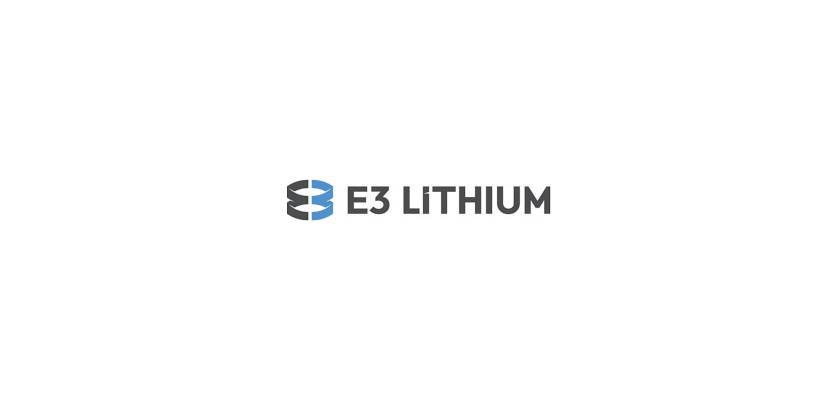E3 Lithium Produces Battery Grade Lithium Carbonate from its Phase 1 Demonstration
October 2, 2025

E3 LITHIUM LTD., a leader in Canadian lithium, has produced battery grade lithium carbonate while commissioning Phase 1 of its Demonstration Facility. Additionally, E3 has updated its corporate presentation which is now available on its website (www.e3lithium.ca).
The successful production of battery grade lithium carbonate from the Phase 1 commissioning confirms E3’s Demonstration Equipment is fully functional and the field site for Phase 1 is fully operational along the entire process flow, from direct lithium extraction (“DLE”) through to the polishing and purification stages. Lithium chloride produced from the Demonstration Equipment has now been successfully converted to lithium carbonate with an average purity of 99.70%.
The Phase 1 demonstration success validates both the operability of the equipment and the technology selection supporting E3 Lithium’s commercial facility designs. E3 Lithium will continue to operate Phase 1 of the Demonstration Facility into Q4 2025, processing brine through to lithium carbonate, which will be used, in part, for customer pre-qualification that underpins potential offtake agreements.
“One of the key differentiators of E3 Lithium is its fully integrated process, from brine to battery grade products,” said Chris Doornbos, President and CEO of E3 Lithium. “Showcasing E3’s ability to produce battery-grade lithium carbonate with a scaled down version of the commercial facility design is a critical milestone for the Clearwater Project. Being able to accomplish this goal at this early stage of operations showcases the hard work and dedication of the team at E3 Lithium supporting the work on site. This milestone enables E3 to progress the engineering towards the commercial facility and moves the Company one step closer towards Final Investment Decision.”
Lithium chloride produced from the Demonstration Equipment was converted to lithium carbonate. Four separate samples were collected from some of the first lithium carbonate produced and analyzed for purity, averaging 99.70% lithium carbonate. The analysis was conducted in the E3 Lithium lab following the ISO TC 333 testing methodology that is being validated in part by E3 Lithium and the participation in the mirror committee. Samples will be sent for 3rd party analysis and verification. Conversion of the lithium chloride into lithium carbonate will be ongoing during the operation of the Demonstration Facility.
Phase 2 of the Demonstration Facility includes the drilling of a production and injection well pair that supports reservoir development activities and enables continuous lithium carbonate production from the Company’s brine feed. Phase 2 operations will continue to deliver important operational and engineering data that will feed the development of our Feasibility Study and support the Final Investment Decision on E3 Lithium’s Clearwater Project.
More Information
Related Story
Investing to Make Canada a Global Critical Minerals Superpower
As global demand for critical minerals is expected to double by 2040, Canada is uniquely positioned to be a global leader and supply this growing market: we have an abundance of critical minerals and the workers, businesses and communities with the know-how to scale up the mining, processing and manufacturing of products and the recycling of these minerals. Since the launch of Canada’s first-ever Critical Minerals Strategy in 2022, the Government of Canada has made historic investments and removed barriers to get good mines and processing facilities built faster, responsibly.

